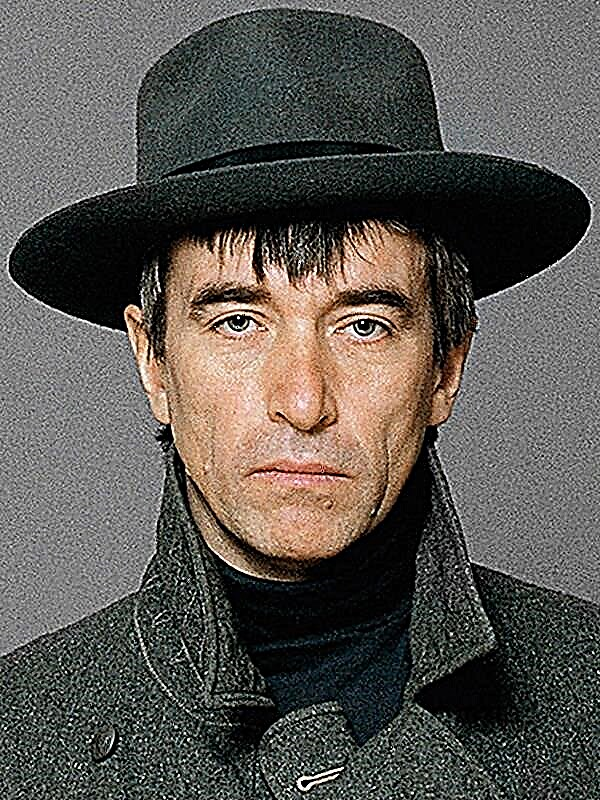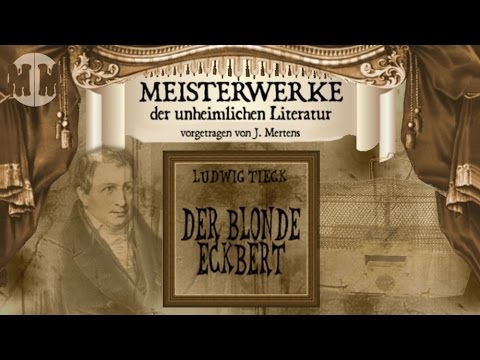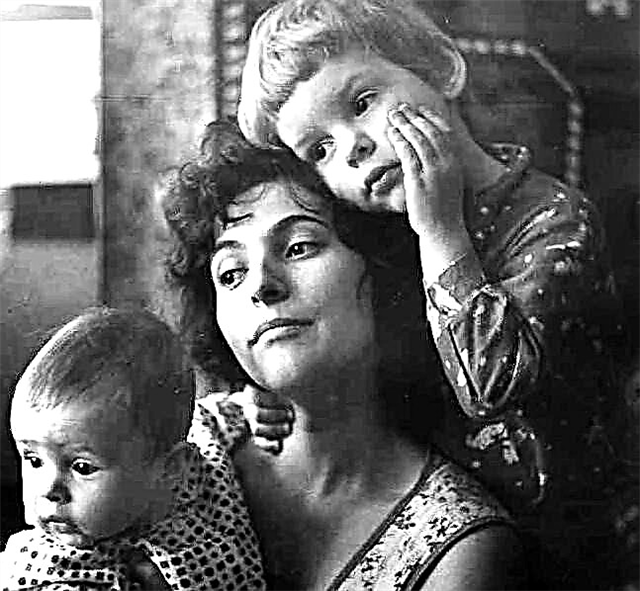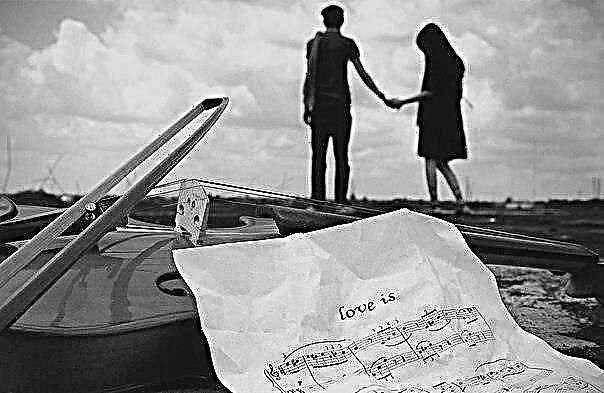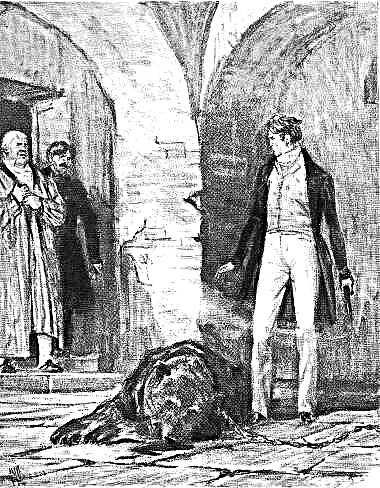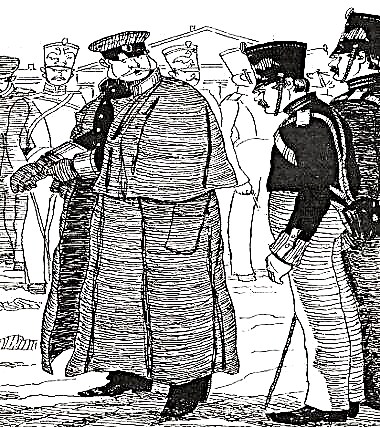In the life of every person there is a story familiar to him from childhood. The one that parents tell before bedtime, allowing their child to plunge into the world of adventure and miracles. One of these stories can be considered stories of Mowgli - the hero from the "Jungle Book" by Rudyard Kipling. Despite the fact that the collection was written at the end of the 19th century, this work still comes to life in world cinema. An American full-length cartoon in two parts, the Soviet animated series, several feature films - the story of the jungle child is told again and again. The last film adaptation was the movie of John Favreau “The Jungle Book”, which premiered in 2016. Love for Kipling's storybook is beyond doubt, however, how many of these adaptations come from stories we've known since childhood?
Differences and similarities with the book
The main characters and their motives
In film adaptations, it is common to change the chronology of events, details and remove some scenes in order to meet the timing. Many were confused about Bagira's gender: in Russian books and in the Soviet cartoon “Mowgli” the panther is a female, but Kipling is a male. This confusion can be explained by the difficulties of translation, because in other adaptations, like in the “Jungle Book” by John Favreau, the male gender of Bagira is preserved, but the director unexpectedly makes the python Kaa female. What caused such a change is not clear.
Modern technologies perfectly convey not only all the beauty and mystery of the wild jungle, but also make its inhabitants as realistic as possible. The picture in the movie “The Jungle Book” allows images in the minds of viewers who read Kipling's stories to become real: a graceful panther, charming wolf cubs, and a formidable tiger. Of course, the image of the characters could not do without the creative look of the director. For example, in Kipling’s stories Sherkhan is lame from birth (his real name is Lungri translated as “lame”). The tiger in the movie Favreau is not lame, but because of the meeting with the “red flower” his face is scorched and there is no one eye, so on the screen he looks pretty intimidating. This departure from the book image of Sherkhan may have several explanations. Firstly, a lame animal on the screen can cause unconscious sympathy among the audience. If Sherkhan lost his eyes through his own fault, then he was limp from birth - it did not depend on him. Secondly, deprivation of the eye because of Mowgli’s father explains Sherkhan’s inexorable desire to get rid of the human baby - he wants to avenge his mutilation. Kipling as such has no explanation why Sherkhan is so obsessed with killing Mowgli.
Story line
The chronological sequence in the film of John Favreau is violated, as is the plot: in the story of Kipling, Mowgli is lost in the jungle and finds the lair of the wolves himself, while in the film "The Jungle Book" he finds him and brings him to the Bagir flock. This difference is not fundamental, because Kipling himself does not emphasize that the human cub itself found animals.
If you compare Kipling's stories with scenes from the film, you can see many differences. Take, for example, the abduction of Mowgli by the monkeys of Bander Logs. The goal is about the same: Kipling has a desire to learn tricks from a human cub (the ability to twist branches to protect him from the wind), and John Favreau wants to get fire through him. The director contributes to the rescue of Mowgli: from the captivity of the monkeys he was not rescued by the python Kaa, thanks to hypnosis, but Bagheera with Balu, using cunning and distracting maneuver. It is unclear why Kaa did not please Favreau: he changed his gender and made him a villain (the python in the film wanted to swallow Mowgli).
The movie “The Jungle Book” ends with Mowgli returning to the wolf pack. Kipling’s story is not fully told: we see a little boy surrounded by animal friends and don’t know what will happen to him next, how he will return to people and whether he will return at all.
Is it worth the time to browse?
John Favreau did a great job, taking the stories of Mowgli known to everyone and presenting them on the screen through his own vision and perception of Kipling's work. The characters' characters are perfectly conveyed in the film, the motives of their actions are easily traced, and the laws of the jungle are not ignored. Despite the young age of Mowgli, we see his superiority over wild animals, as shown in the collection of Kipling.
Any movie adaptation is subject to change, but John Favreau managed to preserve the basic ideas and values that Rudyard Kipling wrote about in the Jungle Book. In October 2018, the premiere of the film “The Jungle Book: The Beginning” will take place, and we can only hope that the director Andy Serkis will transmit his favorite childhood story about Mowgli even better than his predecessors.

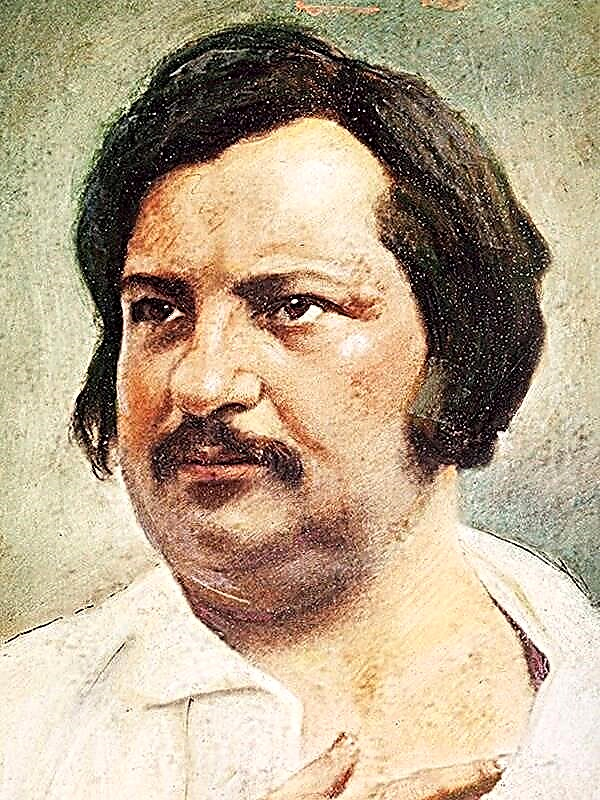 Shuans
Shuans